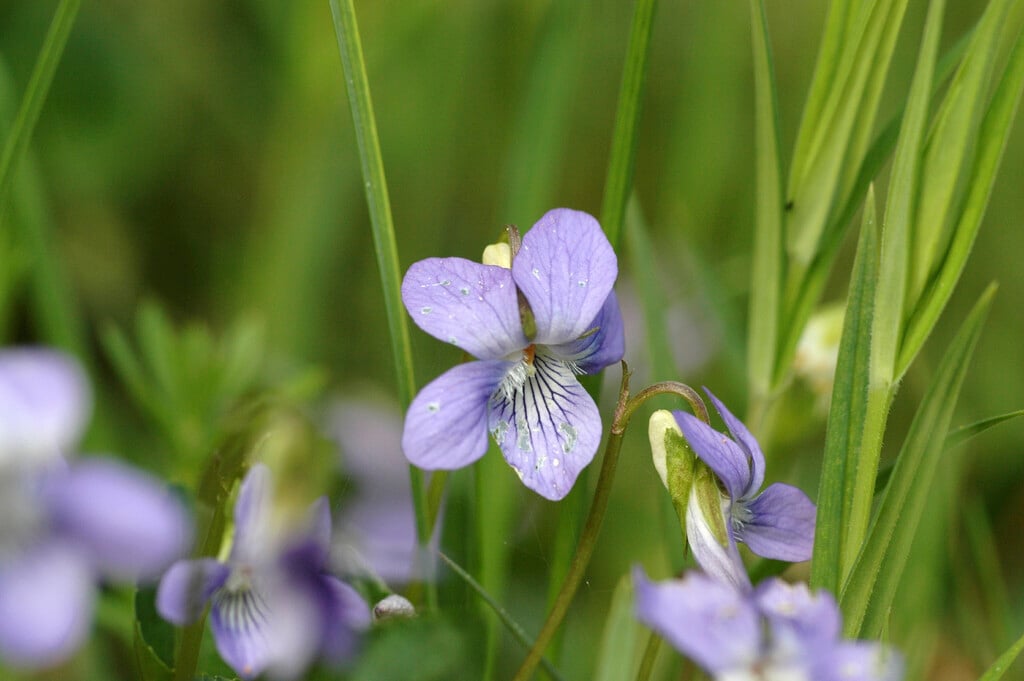Viola reichenbachiana
early dog violet
A low-growing, semi-evergreen perennial to about 15cm, forming a loose mat of dark green, heart-shaped leaves. Produces purple flowers with darker spurs from early to late spring

Buy this plant
Size
Ultimate height
0.1–0.5 metresTime to ultimate height
2–5 yearsUltimate spread
0.1–0.5 metresGrowing conditions
Moisture
Moist but well–drainedpH
Acid, Alkaline, NeutralColour & scent
| Stem | Flower | Foliage | Fruit | |
| Spring | Purple | Green | ||
|---|---|---|---|---|
| Summer | Green | |||
| Autumn | Green | |||
| Winter | Green |
Position
- Partial shade
Aspect
South–facing or West–facing or East–facing
Exposure
Sheltered Hardiness
H6Botanical details
- Family
- Violaceae
- Native to GB / Ireland
- Yes
- Foliage
- Semi evergreen
- Habit
- Matforming
- Genus
Viola can be annuals, biennials or deciduous or evergreen perennials, with simple or pinnately lobed leaves and 5-petalled flowers of characteristic shape
- Name status
Correct
How to grow
Cultivation
Grow in fertile, humus-rich, moist but well-drained soil in full sun or partial shade
Propagation
Propagate by seed, or by division in spring or autumn
Suggested planting locations and garden types
- Cottage and informal garden
- Patio and container plants
- Flower borders and beds
- Underplanting of roses and shrubs
Pruning
Deadhead to prolong flowering. After flowering cut back vigorous plants to keep compact
Pests
May be susceptible to slugs, snails, glasshouse red spider mite and violet gall midge
Diseases
May be susceptible to powdery mildews, pansy downy mildew, pansy leaf spot, a virus and a rust
Get involved
The Royal Horticultural Society is the UK’s leading gardening charity. We aim to enrich everyone’s life through plants, and make the UK a greener and more beautiful place.